Optimal Timing for Fiberglass Pool Restorations
Determining the optimal time for fiberglass pool restorations depends on various factors including climate, pool usage, and maintenance cycles. Proper timing can extend the lifespan of the pool and ensure optimal results.
Spring and early summer are ideal for restorations due to warmer weather and longer daylight hours, facilitating quicker curing and installation.
Regions with mild winters allow for year-round restorations, while colder climates may require scheduling during warmer months to prevent damage.
Performing restorations during off-peak usage times minimizes disruption and allows for thorough work without interference from frequent pool use.
Aligning restorations with routine maintenance schedules ensures the pool remains in optimal condition and reduces the need for additional repairs.
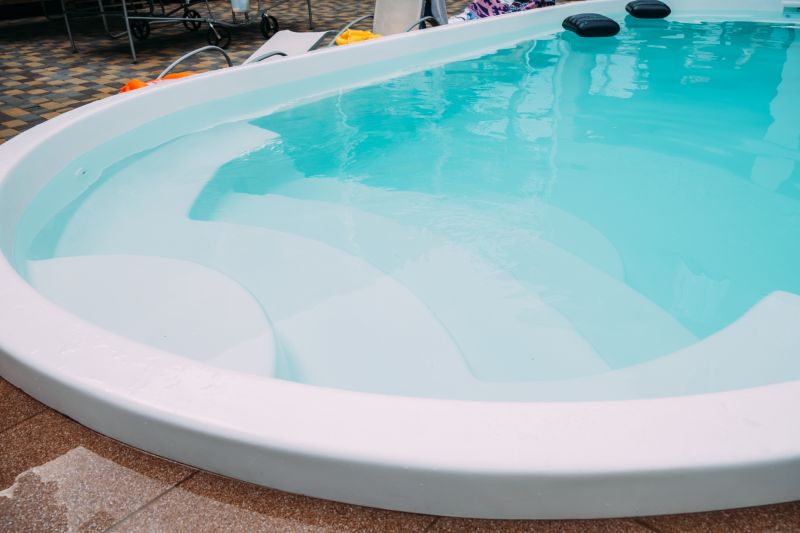
Image depicting the preparation and repair stages of fiberglass pool restoration.

Tools and materials used in fiberglass pool restoration work.
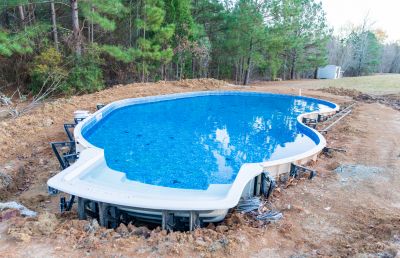
A fully restored fiberglass pool showcasing the quality of work.
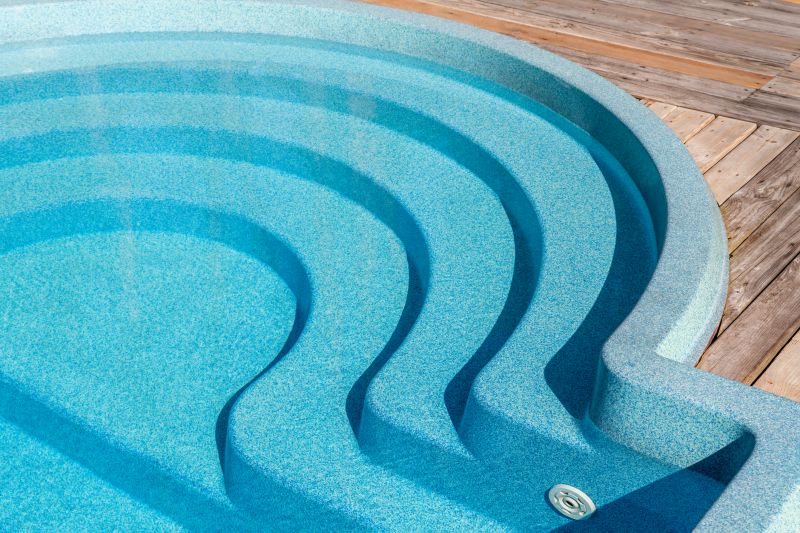
Ways to make Fiberglass Pool Restorations work in tight or awkward layouts.

Popular materials for Fiberglass Pool Restorations and why they hold up over time.

Simple add-ons that improve Fiberglass Pool Restorations without blowing the budget.
Fiberglass pool restorations are essential for maintaining the structural integrity and aesthetic appeal of pools over time. These restorations typically involve surface repairs, gel coat renewal, and sometimes structural reinforcement. The process can significantly extend the lifespan of a fiberglass pool, which is known for its durability and low maintenance requirements. Statistics indicate that properly maintained fiberglass pools can last over 30 years, with restorations performed at regular intervals to prevent major issues. Restorations also improve water quality and reduce chemical usage by restoring the pool's surface and structural integrity.
Choosing the right time for a fiberglass pool restoration can prevent costly repairs and downtime. It is recommended to schedule restorations during periods of mild weather and low pool usage to ensure the best results. Proper timing also allows for thorough curing and inspection, which are critical for long-term success. Regular assessments can help identify early signs of wear, such as surface cracks or discoloration, allowing for timely intervention.
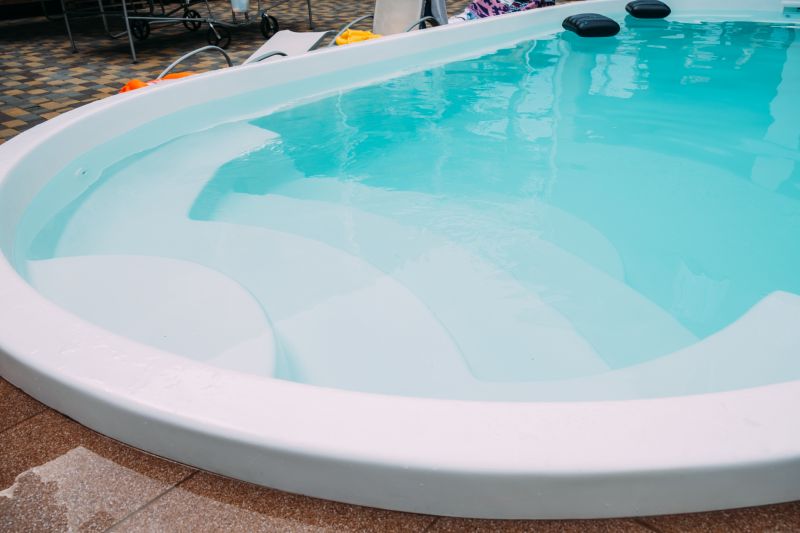
Comparison images illustrating the transformation after fiberglass pool restoration.
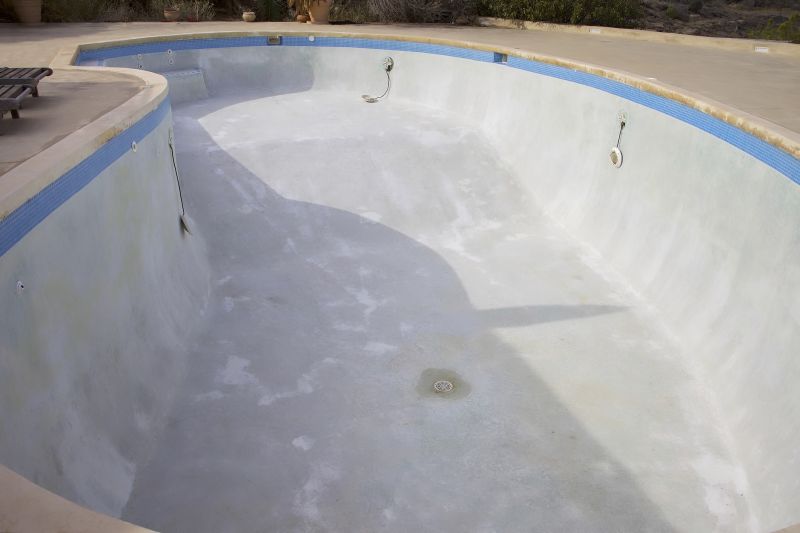
Photos showing the restoration process underway.
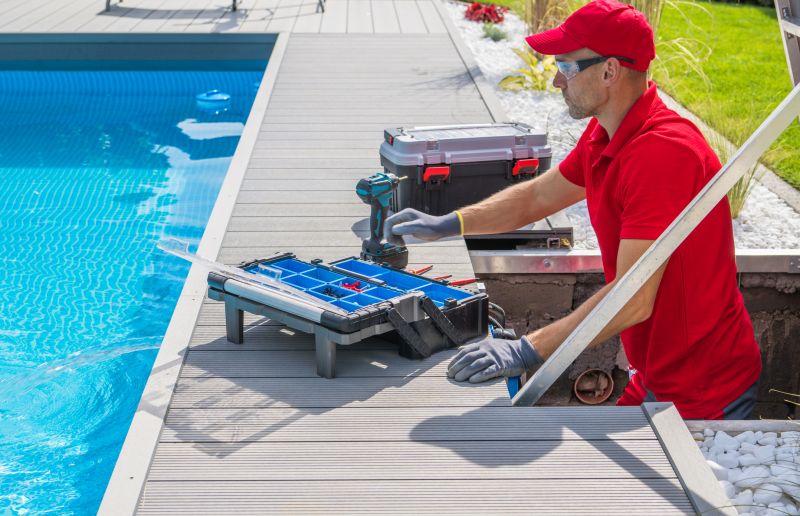
Various tools used during the restoration process.

A fully restored fiberglass pool ready for use.
For those interested in extending the life and appearance of a fiberglass pool, scheduling restorations at the appropriate time is crucial. Proper planning ensures minimal disruption and maximizes the durability of the restoration work. Regular inspections and timely interventions can prevent the need for extensive repairs in the future.
Interested parties are encouraged to contact for more information or to discuss specific restoration needs. Filling out the contact form can facilitate a detailed assessment and help determine the best timing for fiberglass pool restorations tailored to individual circumstances.
